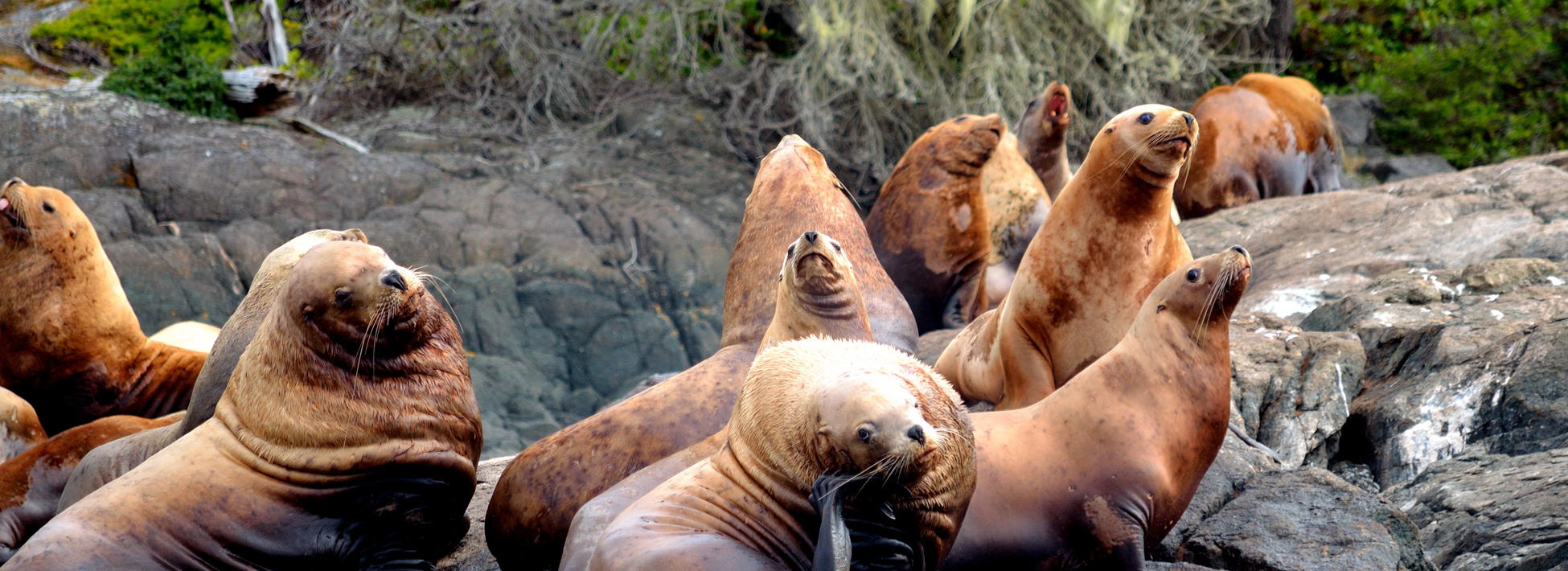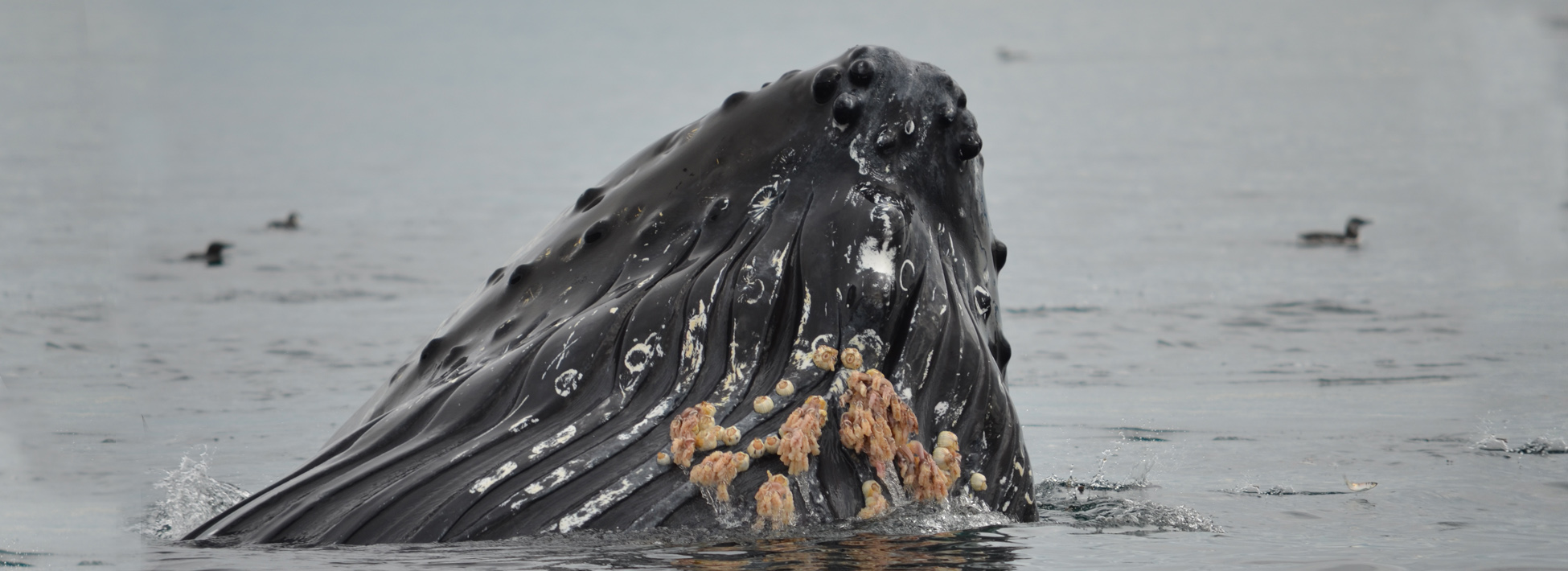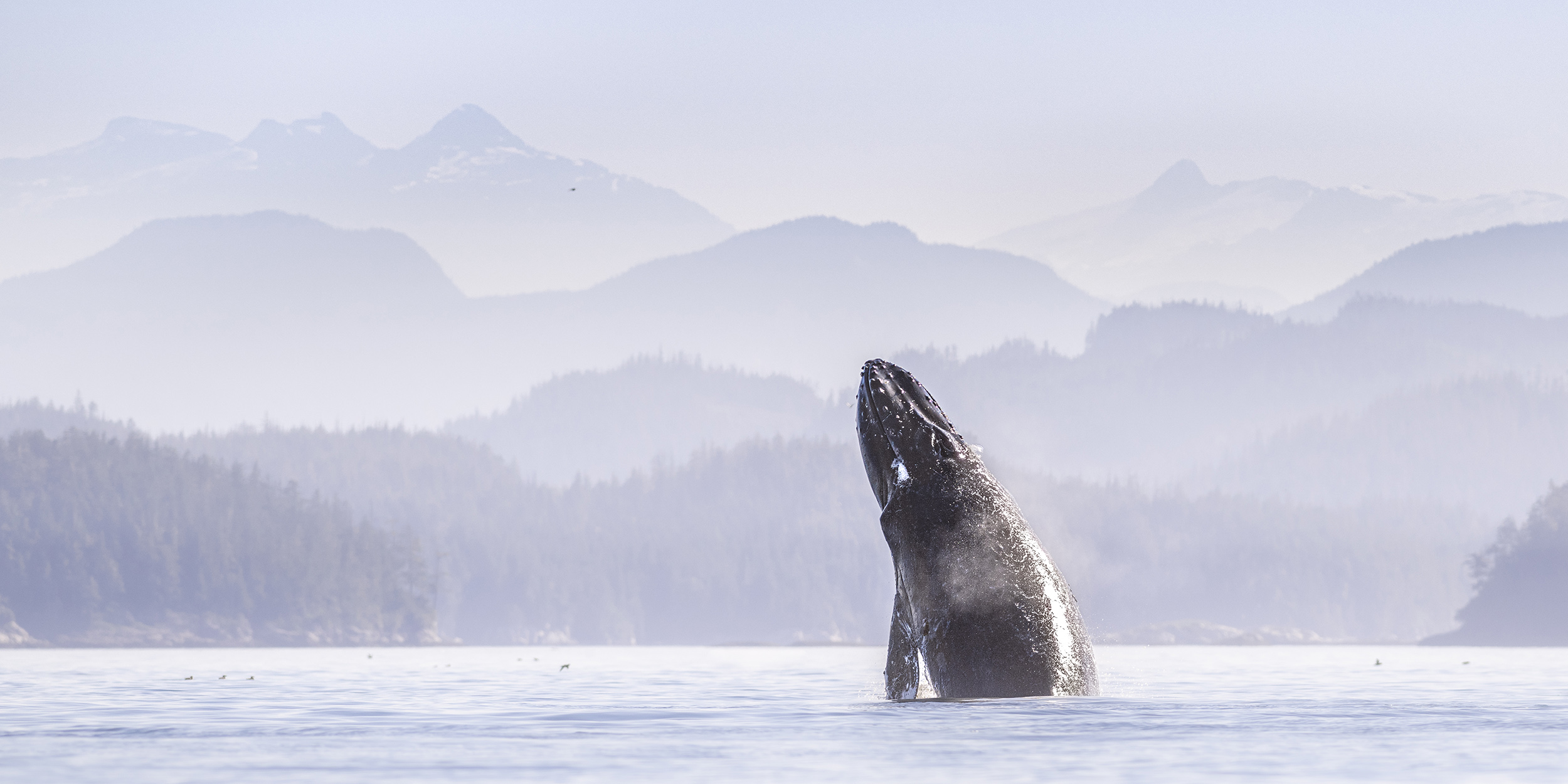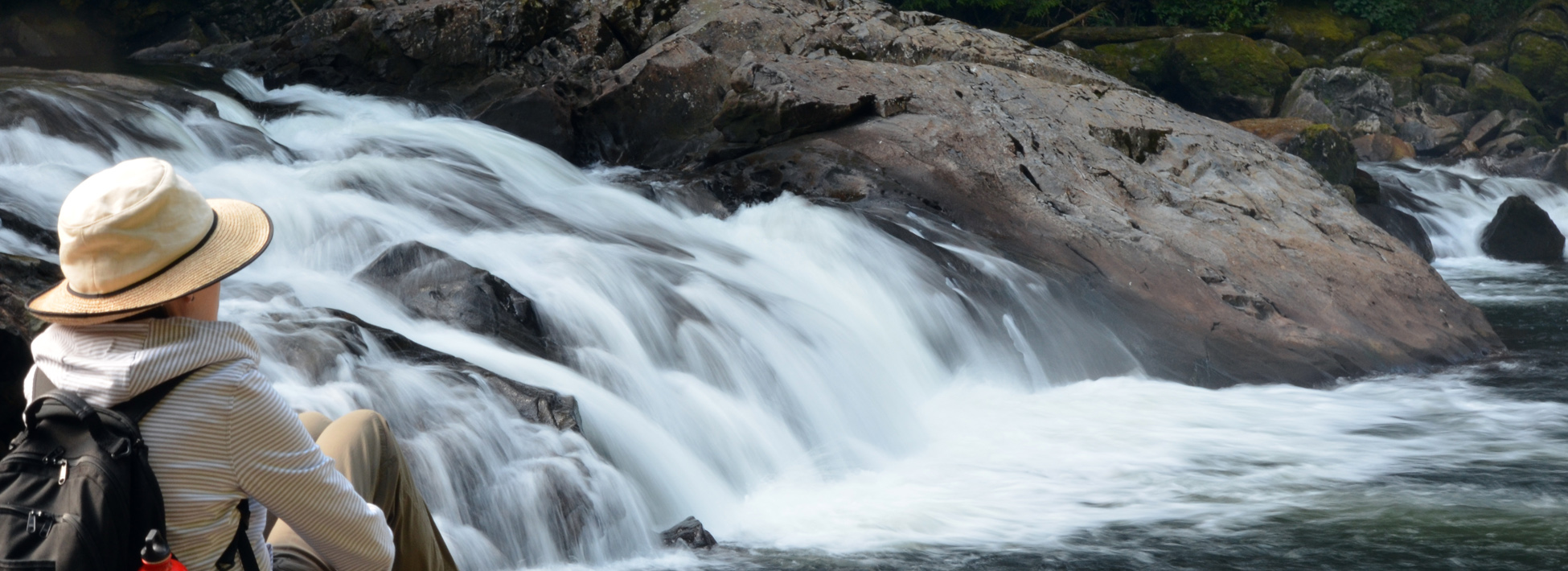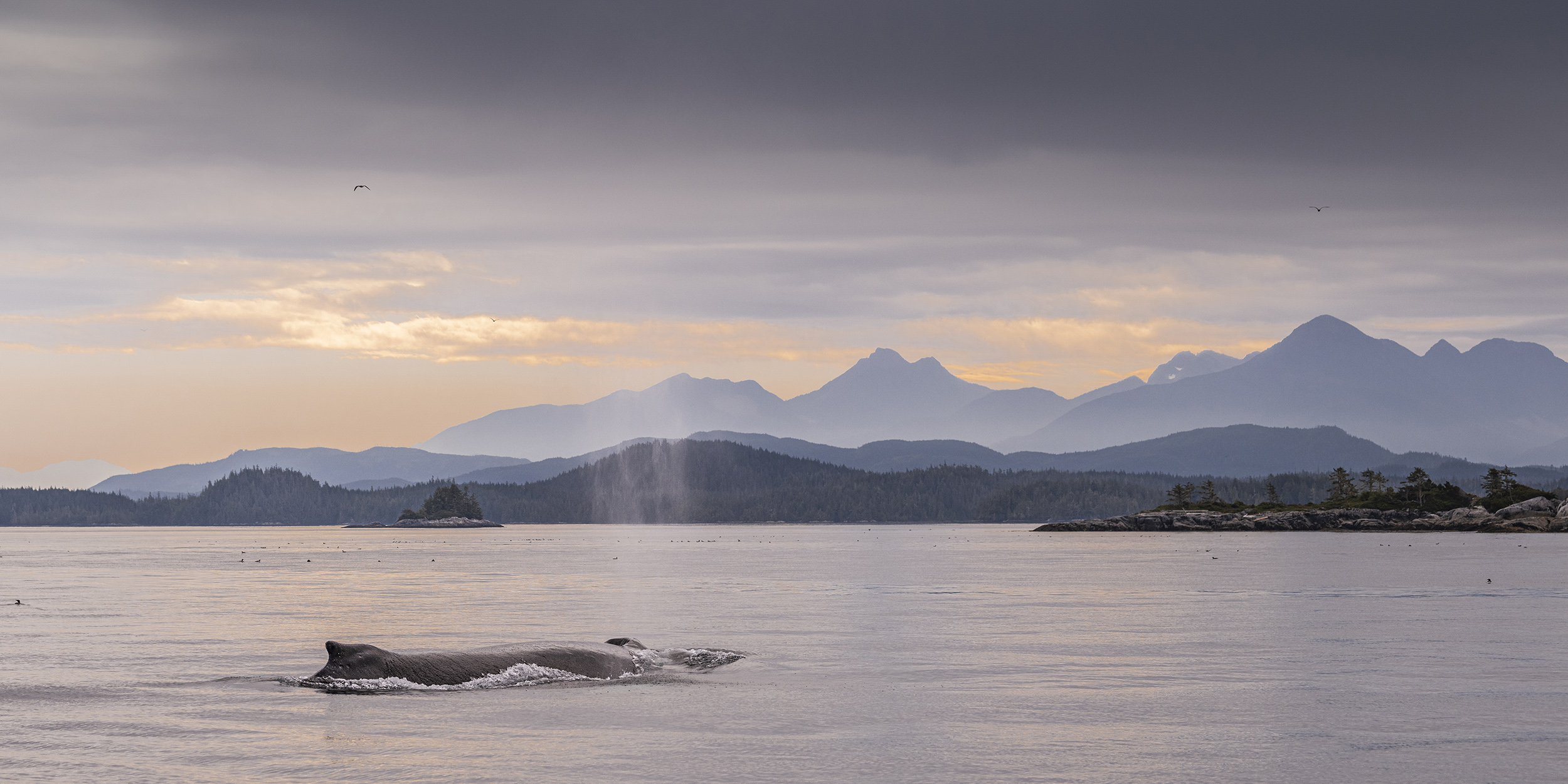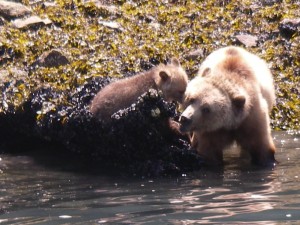This was a good day with the bears. This is a common scene in the spring when mothers bring their cubs to the beach to feed. The run up Knight Inlet on the grizzly bear tour day to the Glendale River estuary is 40 km (26 m) and the last 5 km (3 m) is often referred to as the nursery. The mother grizzlies bring their cubs to this area to avoid the larger males in Glendale Cove. Remember grizzly mating season runs from May to early July and this places new cubs in danger.
Bald Eagles

Bald Eagles are frequently sighted in our area. At times they can be seen in large numbers. This is usually where food supplies are high. For example this could be in areas with high concentrations of baitfish or along the rivers in the fall when the salmon are spawning. They are not migratory, but do move around with the food supply. As mentioned earlier when the salmon are spawning we often see many along the rivers, while there will be fewer along the coastline. With little need for camouflage their white head and tail feathers can be spotted easily. The female is slightly larger and her white head extends down a bit farther onto the body, but it is subtle. It takes these birds 4.5 – 5 years to acquire this unique plumage. As juveniles they are a brown colour. With exceptional eyesight and the ability to view 270 degrees they are understandably often seen in high perches and in trees near points and passageways.
Visit our Blog